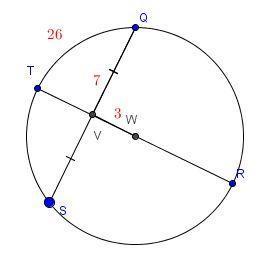
Mathematics, 04.11.2020 01:00 SoyAmbia
The function h(x) is given below.
h(x) = {(3, –5), (5, –7), (6, –9), (10, –12), (12, –16)}
Which of the following gives h–1(x)?
{(3, 5), (5, 7), (6, 9), (10, 12), (12, 16)}
{(–5, 3), (–7, 5), (–9, 6), (–12, 10), (–16, 12)}
{(3, –5), (5, –7), (6, –9), (10, –12), (12, –16)}
{(5, 3), (7, 5), (9, 6), (12, 10), (16, 12)}

Answers: 2


Another question on Mathematics

Mathematics, 21.06.2019 13:00
Which statement best describes the expression 4y ÷ 9? (1 point) 9 divided by 4 times y 9 times y divided by 4 4 times y divided by 9 4 divided by 9 times y
Answers: 1

Mathematics, 21.06.2019 14:30
Which system of linear inequalities is represented by the graph?
Answers: 2

Mathematics, 21.06.2019 21:30
Three friends went on a road trip from phoenix, az, to san diego, ca. mark drove 50 percent of the distance. jason drove 1/8 of the distance. andy drove the remainder of the distance. 1. andy thinks he drove 1/4 of the distance from phoenix, az, to san diego, ca. is andy correct? 2. the distance from phoenix, az, to san diego, ca, is 360 miles. how many miles did each person drive? 3. solve the problem. what is the answer in total?
Answers: 3

Mathematics, 21.06.2019 22:00
Percent increase and decrease. original number: 45 new number: 18
Answers: 1
You know the right answer?
The function h(x) is given below.
h(x) = {(3, –5), (5, –7), (6, –9), (10, –12), (12, –16)}
Questions


English, 08.12.2019 16:31


Mathematics, 08.12.2019 16:31






Mathematics, 08.12.2019 16:31

History, 08.12.2019 16:31


Physics, 08.12.2019 16:31

Computers and Technology, 08.12.2019 16:31

Mathematics, 08.12.2019 16:31

Business, 08.12.2019 16:31

Biology, 08.12.2019 16:31

Mathematics, 08.12.2019 16:31

Computers and Technology, 08.12.2019 16:31




